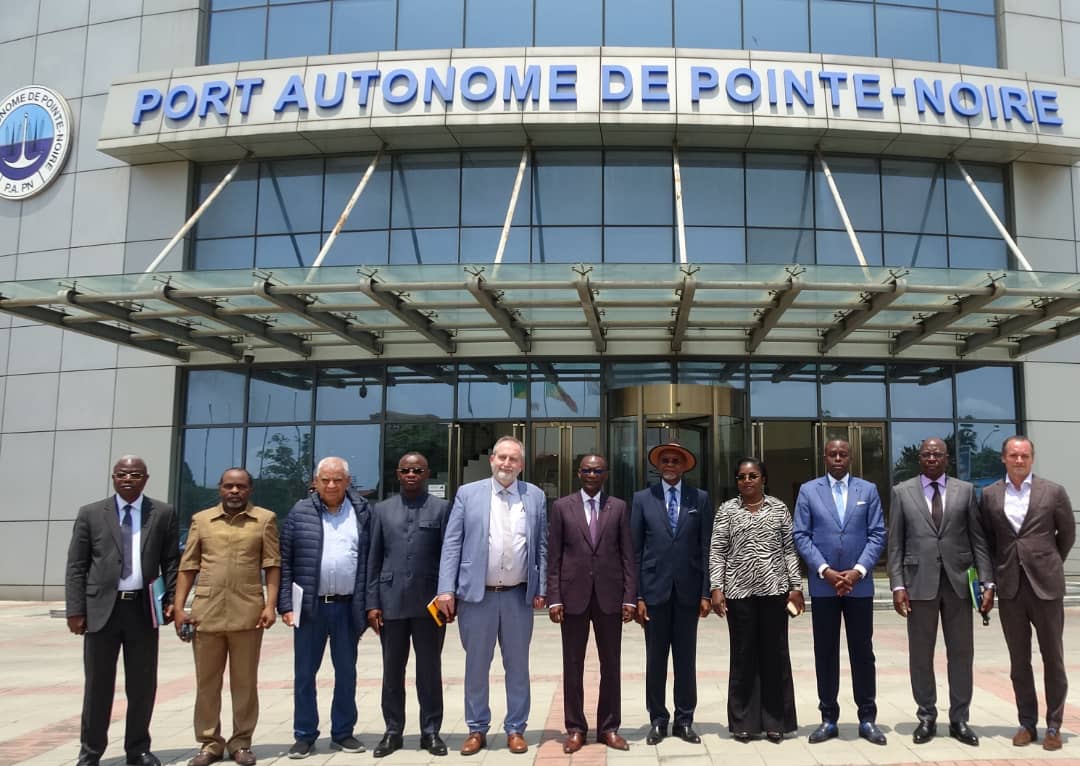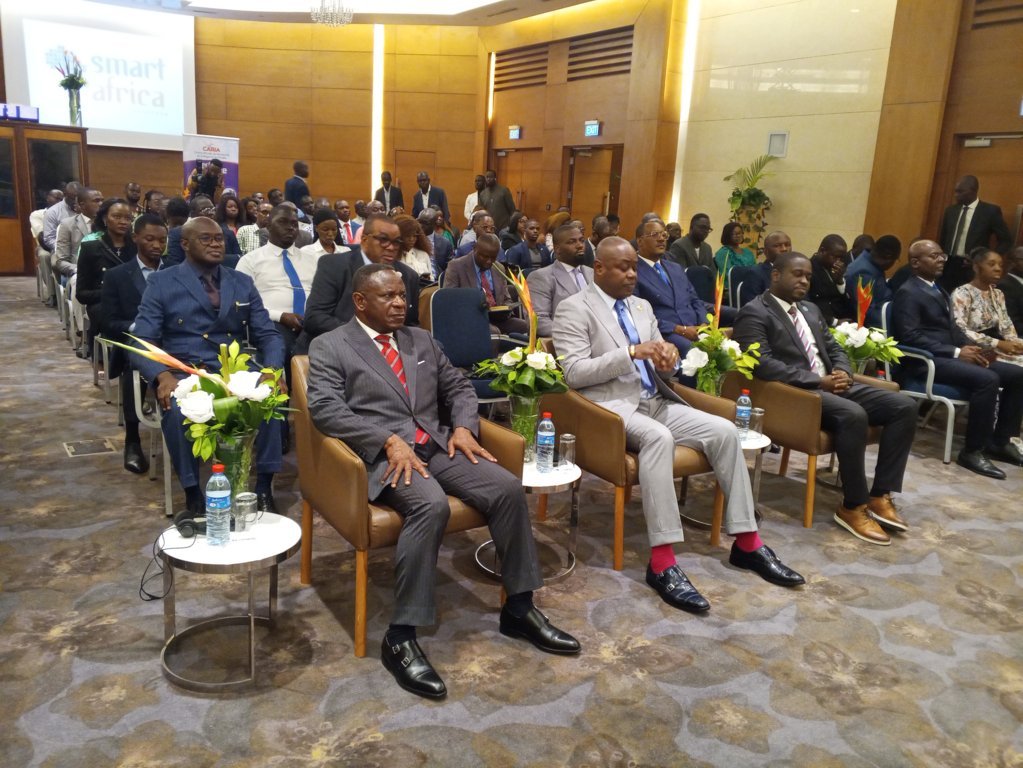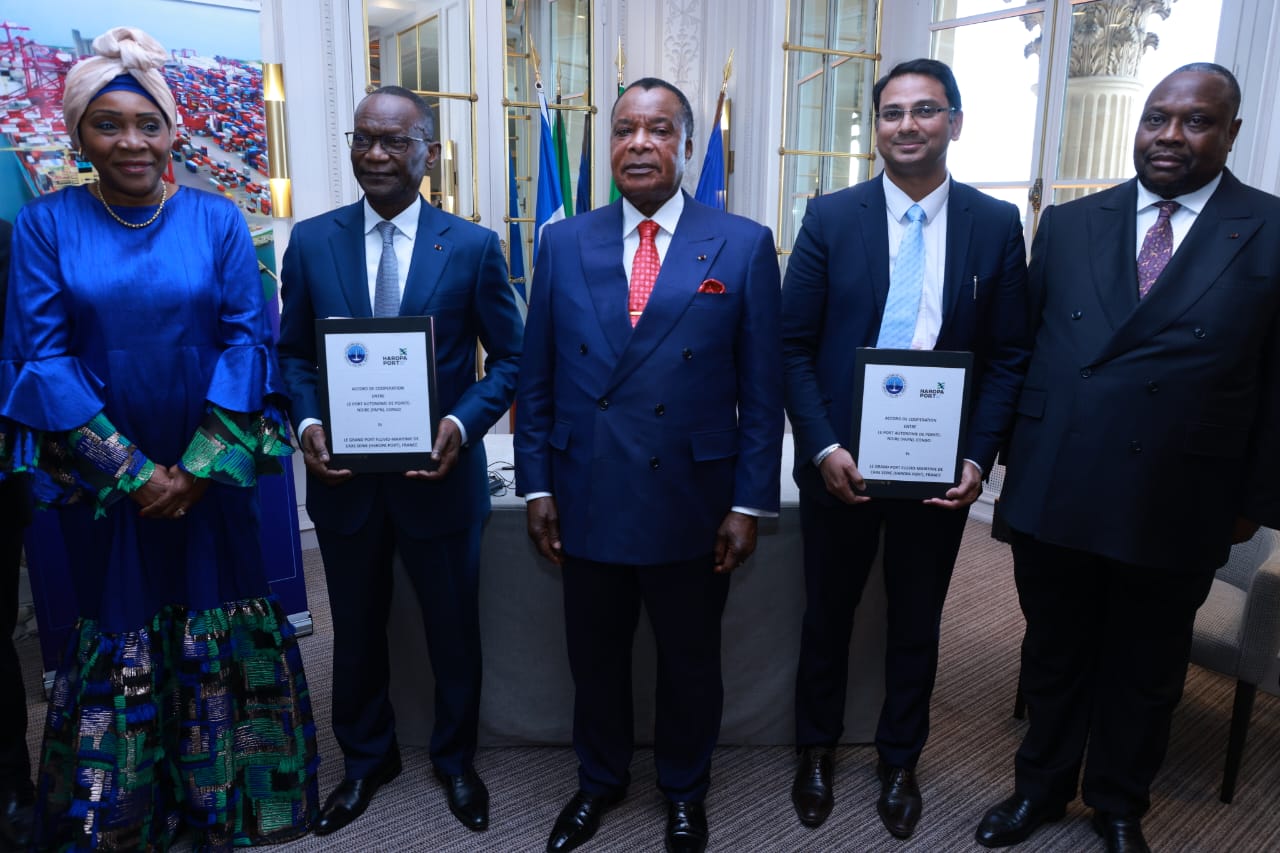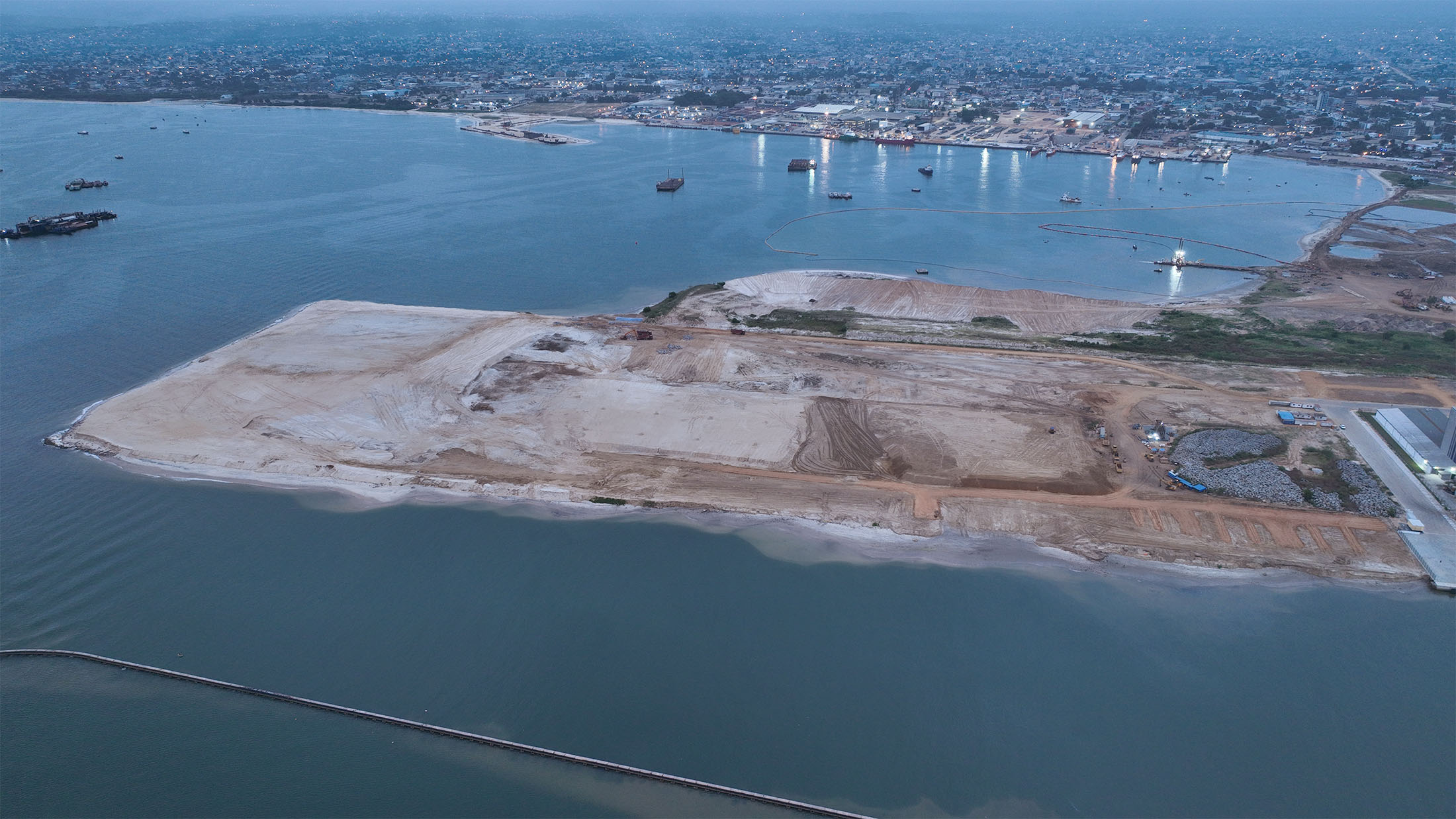Composed of four European transport experts, this delegation is currently conducting a study to identify and map potential projects in order to better understand the current operational challenges of this corridor and to propose initiatives that could be integrated into the new European Global Gateway mechanism. The aim is to contribute to the revitalization of the corridor and to boost trade between the Republic of Congo, the Central African Republic, the Democratic Republic of Congo, and the European Union. In this context, the delegation, led by Jean-Marc Gauthier, an expert in regional transport infrastructure, met on January 29, 2025, with the management team of the Pointe-Noire Port Authority, which plays a leading role along this corridor.
For decades, this corridor connecting Pointe-Noire, Brazzaville, Kinshasa, and Bangui has been a vital artery for the region, facilitating the movement of goods and people. The traffic on this river corridor remains essential for sustaining economic activities and the livelihoods of riverside communities. In the past, the waterway enabled the transportation of food products from production centers to major urban areas. However, the lack of infrastructure and the weak connectivity between the riverbanks have hindered transport on the Congo-Oubangui waterway, which once served as a hub for trade between the two Congos and the Central African Republic. In addition to these shortcomings, river traffic is also affected by silting, which causes logistical disruptions every year. The aging infrastructure, including quays and dredging and navigation marking equipment, is among the factors contributing to the decline in traffic on this vital corridor.
To overcome these challenges, the European Union, in partnership with the governments of the involved countries, plans to implement a range of activities, including:
- The development and modernization of infrastructure (roads, railways, and waterways);
- The facilitation of trade and the simplification of customs procedures;
- The harmonization of regulations;
- The enhancement of digital connectivity, notably by expanding access to digital technologies and e-commerce;
- Regional cooperation by strengthening partnerships between countries to promote cross-border trade and investments.
The European Union’s commitment to revitalizing the Pointe-Noire – Brazzaville – Kinshasa – Bangui corridor is a clear signal of its determination to support sustainable development in Africa. Speaking about the reasons for their visit to the Pointe-Noire Port Authority, Jean-Marc Gauthier stated:
“The purpose of our presence at the Pointe-Noire port is to gather ideas from the port’s leadership – which is particularly dynamic and the main port on the Atlantic coast – in order to boost the transport of goods, whether in bulk, in containers, or timber, between Bangui and northern DRC. The port has an important role to play in revitalizing this corridor.”
Séraphin Bhalat, the Director General of the Pointe-Noire Port Authority, expressed his satisfaction that the European Union’s initiative aligns with the port management’s vision. He noted that this mission reinforces that vision by stating:
“We have a strategic plan for 2022-2026 that focuses on corridors, without which the port would not fulfill its purpose. Today, 80% of our traffic consists of transshipment and 20% is transit. We aim to reverse this trend by increasing the share of transit, particularly by improving other modes of transport – river, rail, and road. We are targeting the DRC, the Central African Republic and, why not, even going further to regain the traffic we once had.”
He also welcomed the return of EU assistance, which had previously supported the development of navigation channels along this river corridor:
“We are pleased with these initiatives by the European Union to revive the Pointe-Noire – Brazzaville – Kinshasa – Bangui corridor.”
These initiatives by the European Union to revive the corridor and support related projects are intended to stimulate economic growth by improving market access and reducing transport costs, to create jobs through infrastructure development and increased economic activity, and to reduce poverty by enhancing living standards and expanding opportunities.






